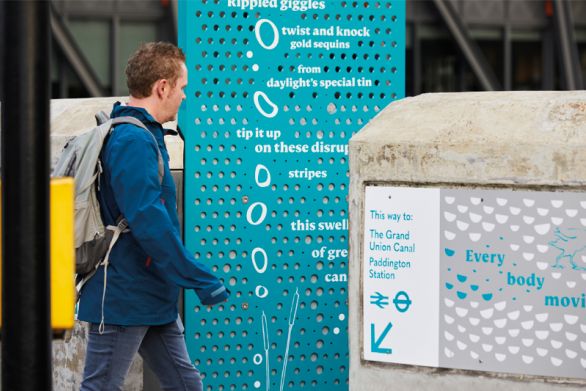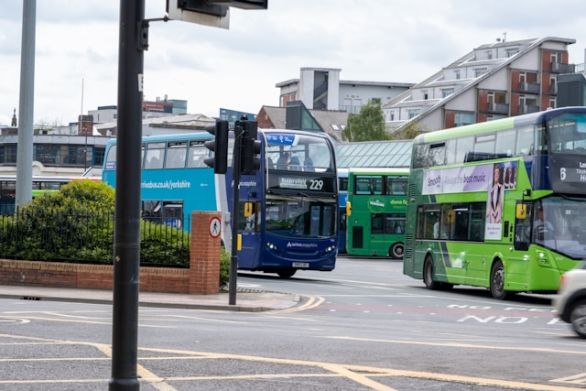When studying or developing a transit network, is it better to hone in on specific corridors or to tackle the complete network?
A complete transit network is one that is developed and driven by the need to provide full coverage to a given area by providing its users with convenient journey opportunities, preferably by spreading passengers evenly within the system so as not to overload specific corridors or nodes unnecessarily. A complete network reduces average trip length, average trip time, and the number of interchanges required, and also limits cost for each new rider for any proposed intervention.
And yet many transit network studies or development projects are corridor-focused, responding to increased demand or crowding on a specific line, but not taking into account the wider network possibilities.
Quite often the response to corridor crowding is to increase service provision along existing routes until the existing mode can no longer accommodate demand. At this point another transit mode is often planned for. Alternatively, transit development can be shaped politically, with the desire to be seen as a provider of equitable transit to specific areas, or the promotion of politically motivated high cost/high profile transit interventions.These approaches can result in placing disproportionate focus on a specific corridor or project, and may not realize full benefits to the network or passenger experience.
Continual service frequency increases on an existing service can have an adverse effect on the development of a complete transit network. Such increases can funnel passengers to a specific corridor, create false interchanges, and greatly increase operating costs, with limited network and passenger benefit. Further, they can predicate the perceived need for ever-increasing corridor-focused interventions, where new or improved services on parallel corridors could alleviate the problem and enhance the service for existing and new users, while also creating a more complete network.
Instead, interventions and new projects should consider promoting a complete and effective network. A process for achieving this starts with understanding the root causes of the problems identified examining all potential interventions and assessing their contribution to a complete network. The ideal outcome would be an intervention that helps alleviate the root causes of the problem identified while further enhancing the development of the network.
The benefits of transit projects may be optimized through considering how it might contribute to network completeness. For example, a new intervention can promote network integration by identifying how the network can be developed over time to complement and make best use of the intervention. This approach can enable transit services and interventions to be transitioned over time while working towards a longer term network vision.
These issues raise the need to understand the long term aspirations for the transit network, what links are missing or will need to be developed, the capacity required on these links, and the services that will be operated on the infrastructure. A critical part of this process is aiming to provide service from where passengers are to where they want to go.
While corridor-specific solutions are tempting, looking at overarching network completeness issues could not only be more beneficial to users, but may also present opportunities for significant cost savings, all while working towards achieving the ideal transit network.











